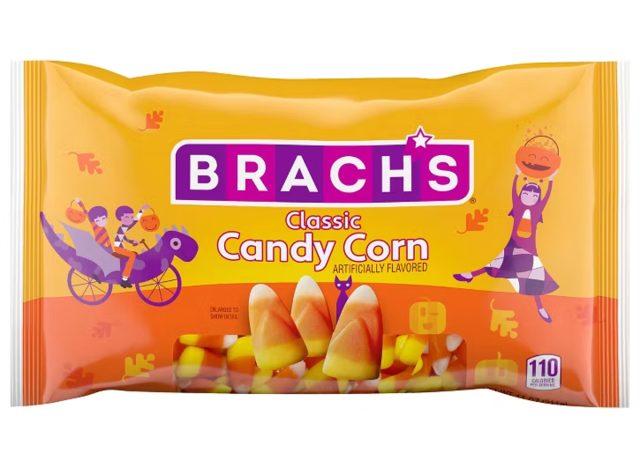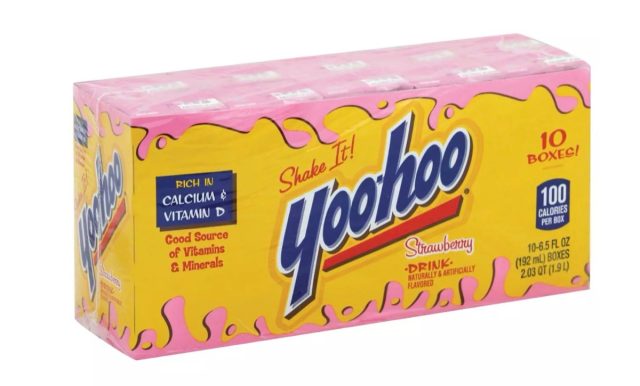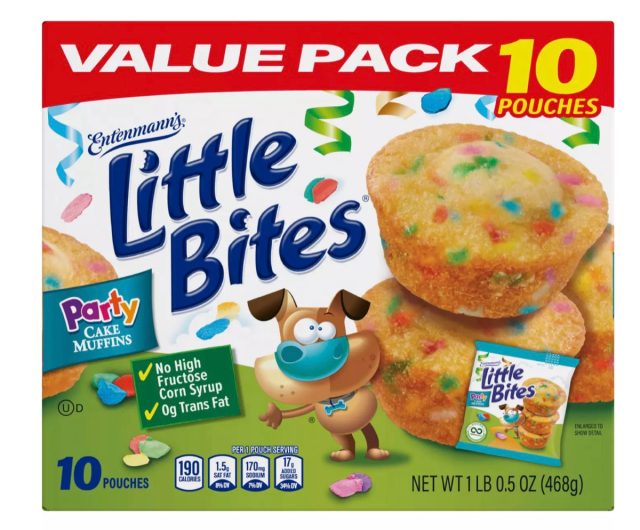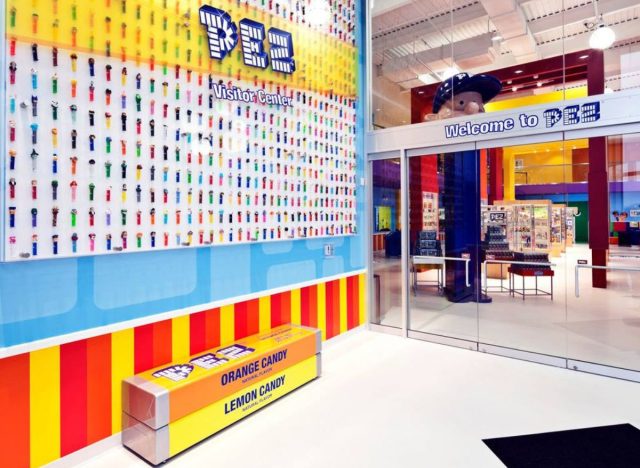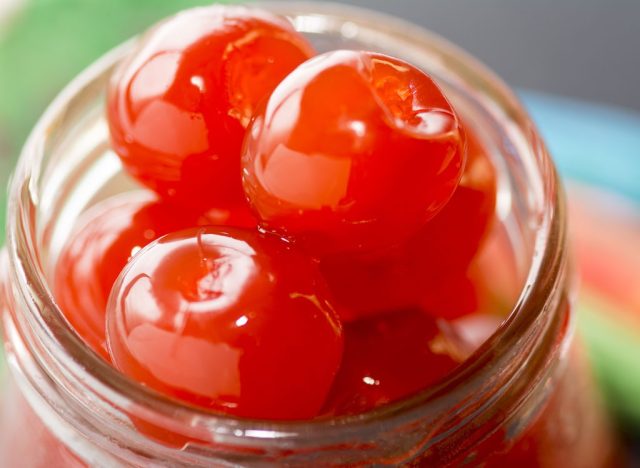FDA Has Banned Red Dye #3 – Discover Which Popular Foods Contain It
Think candy, cereal, and those eye-catching Maraschino cherries! What do they all have in common? They all featured Red No. 3, a once-popular artificial dye recently given the boot by the FDA due to its carcinogenic properties. “The FDA cannot endorse any food or color additive that is linked to cancer in humans or animals. High levels of FD&C Red No. 3 have been shown to induce cancer in male lab rats,” stated Jim Jones, Deputy Director of Human Food at the FDA, as reported by NBC News.
This groundbreaking decision was a hard-fought win for food safety advocates who have long expressed concern that not only does this dye have potential cancer risks, but it also may negatively impact children’s behavior.
“At long last, the FDA has resolved the baffling inconsistency of allowing Red 3 in candy while banning it from lipstick,” exclaimed Dr. Peter Lurie, Chairman of the Center for Science in the Public Interest. “Removing this unnecessary hazard from the American food landscape is a welcome move, albeit one that should have happened ages ago—over three decades, to be exact!”
The candy industry is on board with the FDA’s decision, pledging full compliance. “Consumers and everyone in the food sector expect a robust FDA and a coherent, science-driven national regulatory system,” said a spokesperson for the National Confectioners Association, emphasizing their long-standing belief in the FDA as the rightful guardian of food safety.
The FDA has kept a close eye on the safety of synthetic color additives, including the notorious Red Dye No. 3, which has settled into numerous foods, drinks, and even cosmetics. Concerns regarding these dyes have loomed for years, with various studies (like a notable one here) indicating they might exacerbate hyperactivity in children, especially those diagnosed with ADHD. Red Dye No. 3 itself has been at the heart of scrutiny regarding its potential health risks.
A notable 2007 study from the UK caught headlines when it linked certain food dyes, including Red Dye No. 3, to behavioral issues in children. Yet, despite the uproar, the evidence wasn’t strong enough to instigate an outright ban in the United States at that time. The FDA has maintained that while synthetic dyes present little risk to the general public, some children may react adversely to them.
The recent prohibition of Red Dye No. 3 in food is part of a larger movement toward prioritizing consumer safety and addressing rising public anxiety. Interestingly, this dye has already been declared off-limits in cosmetics, yet it has continued to undergo criticism for years, driven by studies suggesting long-term health ramifications, including the stark possibility of a cancer link, especially in animal studies.
For consumers, this ban translates into a shift for manufacturers who will now seek alternatives for products that previously boasted Red Dye No. 3. Many are already embracing natural substitutes, opting for ingredients like beet juice or turmeric—much safer, albeit perhaps less vibrant.
While the FDA reassures us that most individuals won’t be harmed by the occasional brush with synthetic dyes, the move to phase out Red Dye No. 3 aligns with the growing trend towards cleaner, more transparent food practices. If you’re one of those vigilant consumers wary of food dyes, keeping an eye on ingredient lists as this transition unfolds can help you make informed choices. Meanwhile, let’s take a closer look at five beloved foods that have relied on Red Dye No. 3:
Brach’s Candy Corn
This iconic Halloween staple, with its classic tricolor appearance, has relied on Red Dye No. 3 to achieve that festive pop of red. As the dye’s ban looms, fans of this nostalgic treat might notice a change in its composition.
Yoo-hoo Strawberry Drink
Yoo-hoo’s Strawberry Drink, cherished for its delightful flavor, has for years relied on Red Dye No. 3 to create its recognizable pink-red hue. What will become of its vibrant color now?
Entenmann’s Little Bites Party Cake Mini Muffins
These mini muffins, the life of the birthday party buffet, pack a punch with their vivid colors. Many of them have been brought to life with Red Dye No. 3, a detail that is about to be transformed under the FDA’s new guidelines.
Pez Candy Assorted Fruit
Pez candies have captivated fans with their whimsical dispensers and fruity flavors, many of which have relied on Red Dye No. 3 for their vibrant red offerings. With the FDA’s decision, a recipe refinement awaits, potentially altering the aesthetic of these timeless treats.
Some Maraschino Cherries
Maraschino cherries, the beloved garnishes atop desserts and cocktails, owe their striking red appearance to Red Dye No. 3. Once the ban kicks in, manufacturers will need to tweak their recipes, possibly altering the iconic look of these cherries.
The recent prohibition on Red Dye No. 3 is just one of many steps being taken in the quest for a safer food supply. As manufacturers scramble to adapt, consumers are reminded to remain aware and engaged with what’s on their plates. Who knew a little pigment could cause such a splash?
Report By Axadle

